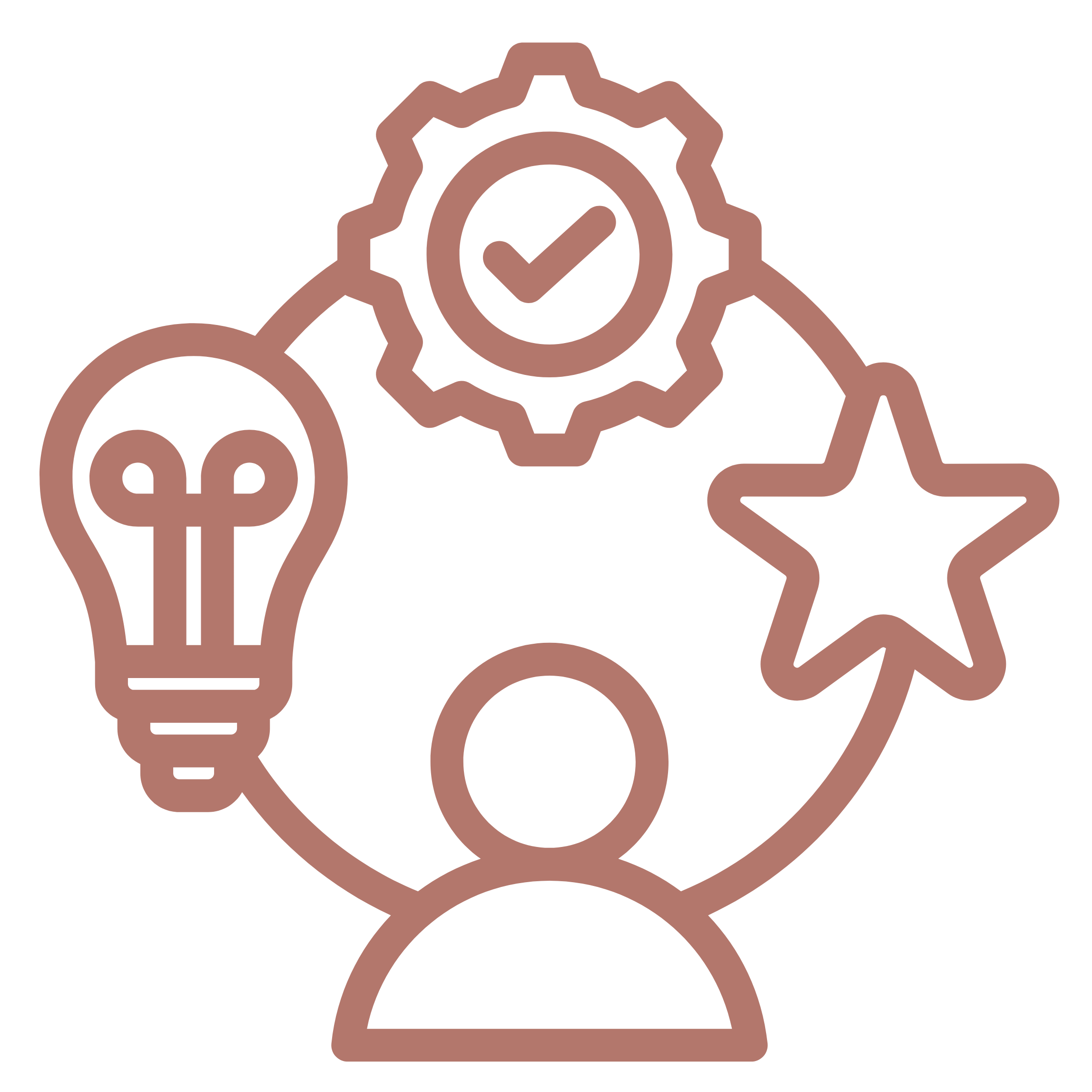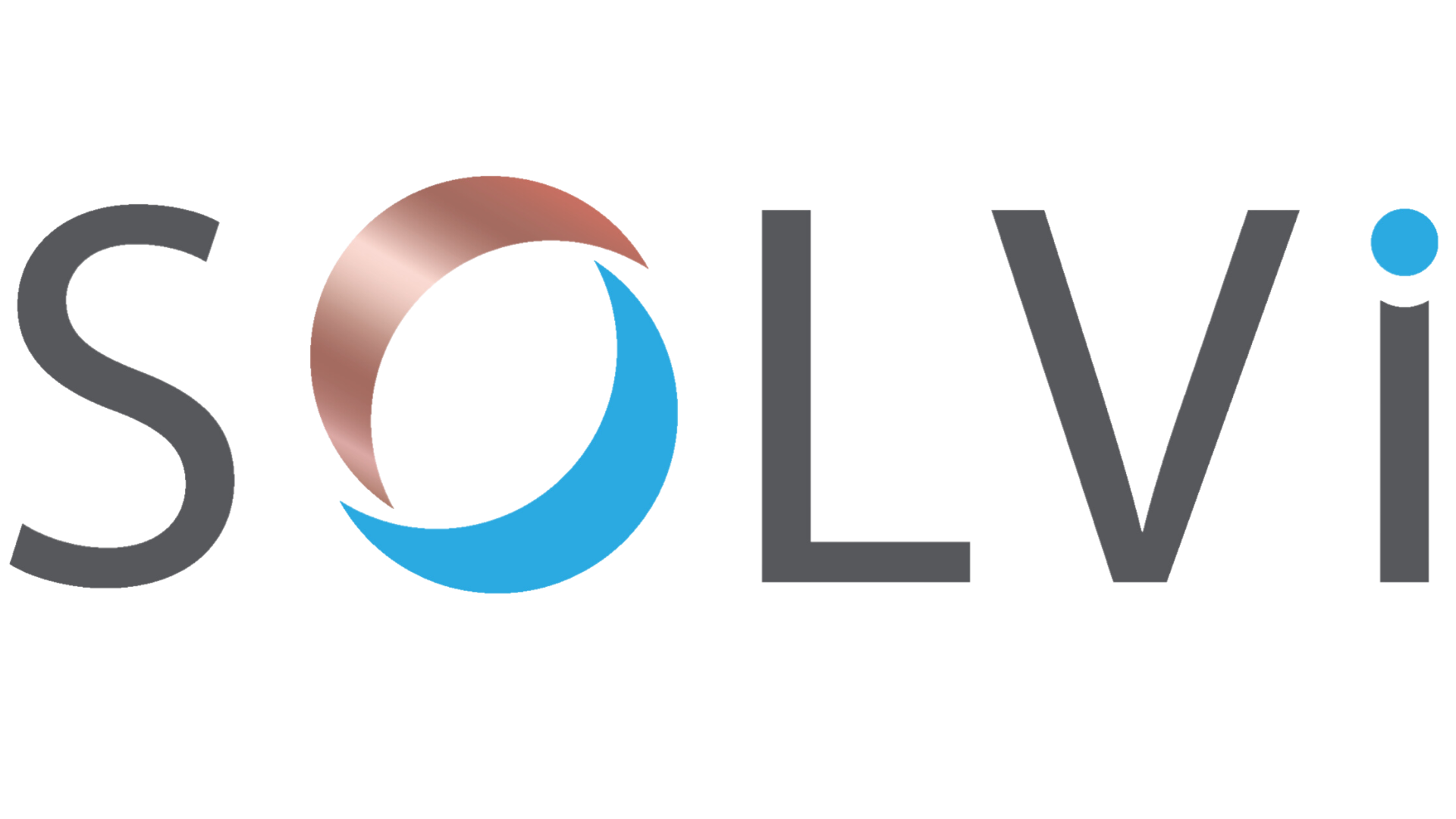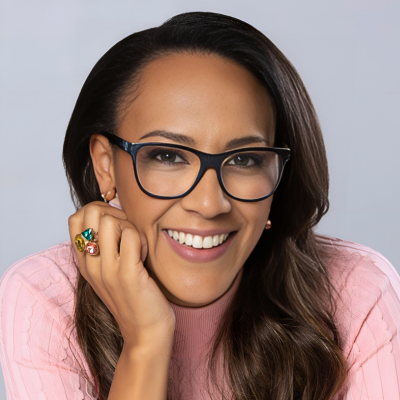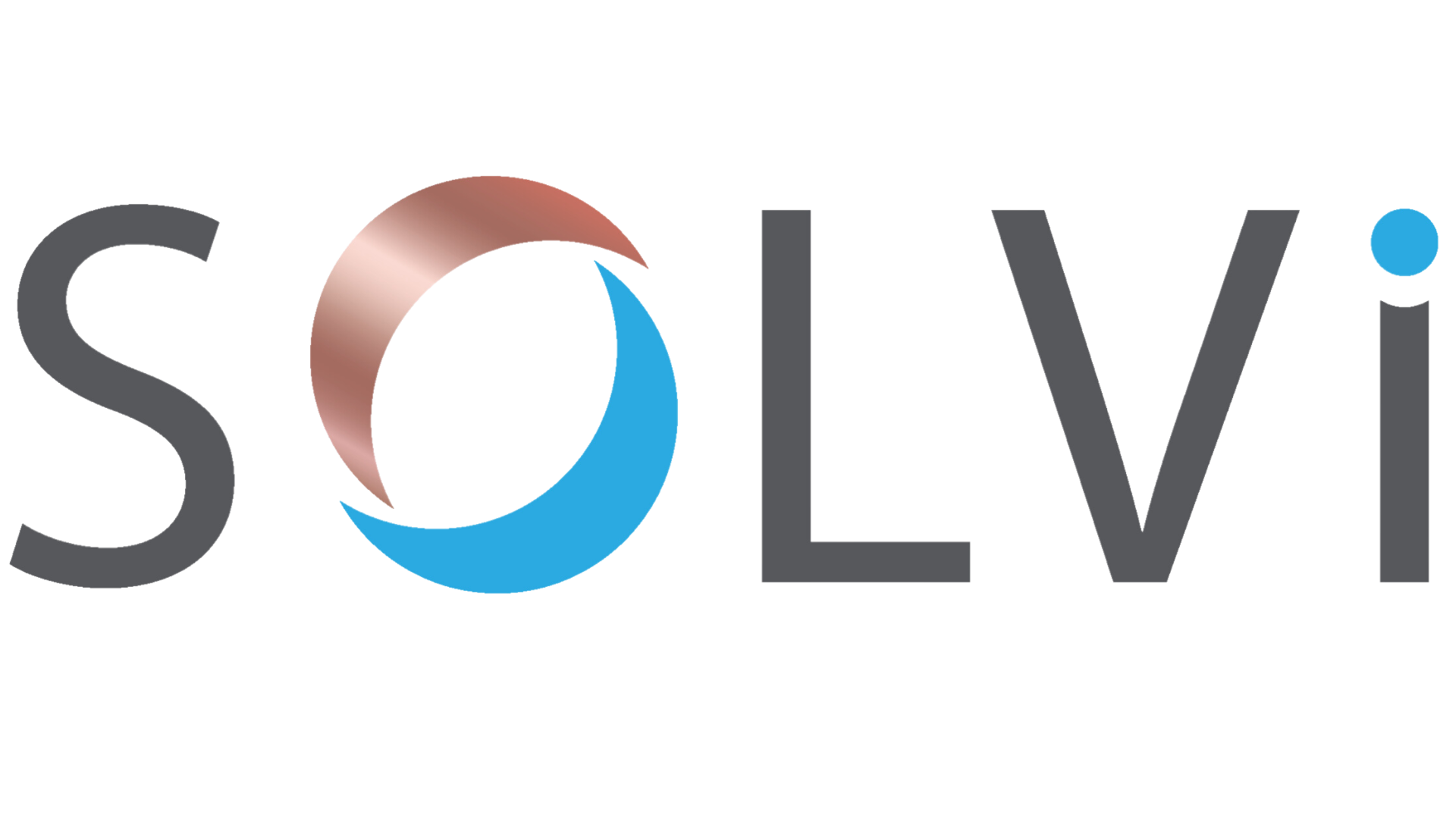Australia is a great place to live and work. Our passion is to help Registered Nurses living overseas to work and experience the great Aussie lifestyle. However, navigating the complexities of migrating to Australia can be daunting.
SOLVi Migration has been assisting nurses to gain registration and successfully migrate independently. Our dedicated team of legal experts specialises in guiding overseas registered nurses through the intricate visa and registration processes, ensuring a smooth transition to working in Australia.
We are committed to providing personalised support every step of the way, from initial eligibility assessments and visa applications to professional registration and employment advice. Trust us to help you achieve your dream of a rewarding nursing career in Australia.

VISA’S WE CAN HELP WITH

Employer Sponsored

Skilled Independent
MAKING AUSTRALIAN MIGRATION EASY

Migrating to Australia as a Nurse Through DAMAs: What You Need to Know in 2024
Australia continues to be an attractive destination for internationally qualified nurses, offering competitive salaries, an outstanding work-life balance, and the opportunity to work in a well-regarded healthcare system. However, the migration process can be challenging, especially if you don’t meet standard visa requirements due to age, English proficiency, or specific occupation classifications.
This is where Designated Area Migration Agreements (DAMAs) come in. DAMAs offer a flexible alternative to standard visa programs, particularly for skilled workers like nurses who are willing to work in regional and remote areas. These agreements allow for concessions on age, wages, and English language requirements, making the migration process more accessible.
In 2024, several updates to the DAMA program were introduced to streamline the process and make it more accessible for both employers and skilled workers. If you're considering migrating to Australia under a DAMA, here’s everything you need to know.
What are DAMAs?
Designated Area Migration Agreements (DAMAs) are formal agreements between the Australian Government and regional areas that experience significant labour shortages. DAMAs are specifically designed to address these shortages by enabling regional employers to sponsor overseas workers, offering concessions that aren’t available under the standard migration program.
For nurses, the benefits of DAMAs include:
Wage Concessions: Regional healthcare facilities may offer salaries below the usual market salary rates due to the wage concessions provided under a DAMA.
Age Concessions: If you’re over 45 years old, DAMAs may allow you to apply for visas despite the usual age limit restrictions on most skilled migration visas.
English Language Concessions: If you don’t meet the standard English language requirements, some DAMAs offer flexibility in the required scores for IELTS or OET.
Additional Occupation Codes: DAMAs may include additional or specialised nursing roles that aren’t typically covered under the ANZSCO list for standard skilled migration programs, such as Aged Care Nurses, Mental Health Nurses, and Community Health Nurses.
Please remember that regardless of these concessions, all nurses applying under a DAMA must still hold valid AHPRA registration.
Key Updates to the DAMA Program for 2024
The Australian Government has introduced several important updates to the DAMA program in 2024, making it more efficient and accessible for both employers and overseas workers. Here are some of the most important changes for nurses considering DAMA migration:
1. Streamlined Occupation Identification and Sponsorship Process
The DAMA framework has been improved to allow for faster identification of eligible occupations and to streamline the sponsorship process for regional employers. Nursing roles are continuously reviewed to address shortages and ensure regional healthcare facilities are able to hire the talent they need without unnecessary delays.
2. Faster Visa Processing Times
A key improvement for 2024 is the government’s commitment to reducing processing times for DAMA visa applications. Nurses can expect quicker turnaround times, allowing them to move through the process more efficiently and begin working sooner in Australia’s healthcare sector.
3. Greater Support for Regional Employers
Regional employers are receiving more support from the government to help them navigate the complexities of sponsoring skilled overseas workers under DAMAs. For nurses, this means more opportunities in healthcare facilities that may not have had the resources to participate in the DAMA program previously.
4. Expanded Pathways to Permanent Residency
Many DAMAs now offer expanded pathways to permanent residency. This means that nurses who initially move to Australia on a temporary visa through a DAMA can look forward to the possibility of permanent residency after fulfilling certain requirements. This offers greater stability and long-term career opportunities in regional Australia.
5. Enhanced Access to English Language Training
Recognising the challenges some applicants face with English proficiency, the DAMA program now includes increased access to English language training. This helps nurses meet both the visa requirements and the communication needs of their new workplace.
Where Are DAMAs in Place?
As of 2024, there are 10 DAMAs operating across various regions in Australia. Each DAMA offers different concessions tailored to the specific needs of the region and the occupations in demand, including various nursing specialisations.
Here’s a breakdown of the 10 DAMAs:
1. Northern Territory DAMA (NT)
Covers 135 occupations, including various nursing roles, with concessions on English language proficiency and salary. The Northern Territory is vast and remote, making it a key area in need of skilled healthcare professionals.
2. Far North Queensland DAMA (FNQ) (QLD)
Includes 175 occupations and offers concessions on English proficiency, skills, experience, salary, and permanent residency pathways. Far North Queensland’s healthcare system heavily relies on international talent to support its remote communities.
3. Townsville DAMA (QLD)
Covers 195 occupations and offers similar concessions on salary and English language proficiency. Townsville, as a growing hub, continues to experience a strong demand for healthcare professionals.
4. Adelaide City Technology and Innovation Advancement DAMA (SA)
While primarily focused on technology and innovation, this DAMA covers 56 occupations, including some healthcare roles. It offers age, English, salary, and permanent residency pathway concessions.
5. South Australian Regional Workforce DAMA (SA)
One of the most comprehensive DAMAs, covering 320 occupations with concessions on age, English proficiency, salary, and permanent residency pathways. South Australia's regional healthcare facilities are in dire need of nurses, making it a great opportunity for those looking to work in rural areas.
6. Goulburn Valley DAMA (VIC)
Covers 56 occupations and offers concessions on qualifications, salary, English proficiency, and age. Nurses in Goulburn Valley have the opportunity to work in a tight-knit community with a significant need for healthcare services.
7. Victoria’s Great South Coast DAMA (VIC)
Includes 114 occupations with concessions on English language, skills, salary, and permanent residency pathways. Nurses here enjoy a coastal lifestyle while working in a community in need of healthcare professionals.
8. Orana DAMA (NSW)
Covers 131 occupations with concessions on skills, salary, English, and permanent residency pathways. Orana is a rural region with ongoing healthcare needs, making it an ideal location for internationally qualified nurses.
9. East Kimberley DAMA (WA) (Now part of the unified Western Australia DAMA)
Covers 187 occupations and provides concessions on salary and English language proficiency. Nurses in East Kimberley will find unique opportunities in some of the most remote and underserved areas of Australia.
10. Western Australia DAMA (WA)
As of 1 July 2024, Western Australia now operates under one unified DAMA covering the entire state. This DAMA includes 310 occupations and offers concessions on salary, English proficiency, and permanent residency pathways across Western Australia. Nurses will find opportunities across the state, including remote regions such as the Goldfields, Pilbara, and the South West. This unified approach simplifies the migration process and makes it easier for healthcare employers to sponsor skilled workers.
Concessions Under DAMAs: What Nurses Can Expect
DAMAs offer unique concessions that make migrating to Australia more accessible for nurses. Here's what you can generally expect:
Wage Concessions: Many DAMAs allow for lower wage thresholds than standard migration programs, making it easier for regional healthcare employers to attract talent.
Age Concessions: DAMAs frequently extend the age limit, enabling nurses over 45 to apply for visas under these agreements.
English Language Concessions: Lower English language proficiency scores may be accepted, which can be a significant benefit for nurses who don’t meet the stringent English requirements of standard visa pathways.
Permanent Residency Pathways: Many DAMAs offer pathways to permanent residency, giving nurses the opportunity to build a long-term future in Australia.
Conclusion: DAMAs Provide a Flexible Pathway for Nurses
With the recent updates to the DAMA program, nurses looking to migrate to Australia now have more opportunities than ever. Whether you're over 45, need flexibility with English proficiency, or want a permanent residency pathway, DAMAs offer an excellent migration option for nurses looking to start their careers in Australia's regional and remote areas.
The unified Western Australia DAMA now simplifies the process for healthcare professionals looking to work across the state, offering one of the most extensive occupation lists and concessions. Just remember—AHPRA registration is essential for all nurses applying under DAMAs.
If you’re ready to explore the opportunities that DAMAs offer, reach out to SOLVi Migration today. Our expert team can guide you through the migration process and help you take the next step in your nursing career in Australia.
✅ Book a paid legal consultation with SOLVi Migration today.
We’ll assess your situation and give you a clear legal strategy to migrate independently to Australia.

✅ Need help with AHPRA registration? Join our Nurse Registration Course.
Get cost-effective, expert guidance and access to a supportive community so you can secure your AHPRA registration and move forward with your migration plans.
FAQS
What qualifications do I need as a nurse to migrate to Australia?
Generally, you will need a nursing qualification that is recognised in Australia, such as a bachelor’s degree in nursing or an equivalent qualification. You will also need to meet registration requirements with the Australian Health Practitioner Regulation Agency (AHPRA).
What is the process for registering as a nurse in Australia?
To practice as a nurse in Australia, you must be registered with AHPRA. The process involves submitting an application, providing proof of your qualifications and professional experience, and meeting English language requirements. Our team can assist you with this process - Read More.
Will I need a skills assessment?
Yes, most visa applications for nurses require a skills assessment conducted by the Australian Nursing and Midwifery Accreditation Council (ANMAC). This assessment ensures your qualifications and experience meet Australian standards. We can assist you with preparing and submitting your skills assessment application. Read more ...
What are the English requirements?
Depending on the pathway you gain registration and what visa pathway you take, the English requirements can vary from Competent to Proficient levels of English. Read More ...
What if me or my family has a health condition?
If you or a family member has a health condition, it is important to have the possible impact on your migration assessed by a professional before you submit any visa application. The Department of Home Affairs will require health assessments to ensure the condition does not pose a significant cost or burden to the Australian healthcare system. We can help you understand the implications and prepare the necessary documentation. Read more ...
What if me or my family have a character issue?
Character issues, such as past criminal records, must be disclosed in your visa application. The Department of Home Affairs assesses character issues on a case-by-case basis. We can provide advice on how to address these issues and the potential impact on your application.
Are visa fees refundable?
Visa fees are generally non-refundable, even if your application is refused or withdrawn. It is crucial to ensure your application is complete and meets all requirements to avoid losing your fee. Our team can help you prepare a strong application to minimise the risk of refusal.
What if I've been refused a visa in the past?
If you have been refused a visa in the past, it is essential to understand the reasons for the refusal and address them in any new application. We can review your previous refusal and advise on the best course of action to improve your chances of success.
Can I bring my family with me?
Yes, many visa types allow you to include eligible family members, such as your spouse or partner and dependent children, in your application. We can advise on the requirements and process for including your family in your migration plans.
Can't you find my a sponsor to pay for everything?
While some employers may offer sponsorship, which can cover visa and relocation costs, it is important to understand the conditions tied to employer-sponsored visas. Also worth noting, a sponsor is not legally required to pay your application fees. These conditions can include staying with the employer for a certain period. We can help you explore your options and find the best pathway for your situation. Read more ...
How long will the process take?
The processing time for visa applications can vary depending on the type of visa and individual circumstances. Generally, it can take from a few months to over a year. Our team will provide an estimated timeline based on your specific situation and keep you updated throughout the process.
What are the costs of migrating?
Costs can include visa application fees, skills assessment fees, and potentially relocation expenses. The exact costs will depend on the visa pathway you choose and any additional services you require. We will provide you with a transparent breakdown of costs during your consultation. Read more...
DOWNLOAD OUR FREE GUIDE ON EVERYTHING YOU NEED TO KNOW TO WORK IN AUSTRALIA
Contact Us
All RIGHTS RESERVED LIABILITY LIMITED BY A SCHEME APPROVED UNDER PROFESSIONAL STANDARDS LEGISLATION. LEGAL PRACTITIONERS EMPLOYED BY SOLVI PTY LTD (ABN 16 658 861 182) ARE MEMBERS OF THE SCHEME.
The information published on this webpage should not be taken as legal advice rather it should be considered for information purposes only.
COPYRIGHT © 2024 SOLVI PTY LTD
Contact Us
All RIGHTS RESERVED LIABILITY LIMITED BY A SCHEME APPROVED UNDER PROFESSIONAL STANDARDS LEGISLATION. LEGAL PRACTITIONERS EMPLOYED BY SOLVI PTY LTD (ABN 16 658 861 182) ARE MEMBERS OF THE SCHEME.
The information published on this webpage should not be taken as legal advice rather it should be considered for information purposes only.
COPYRIGHT © 2024 SOLVI PTY LTD








